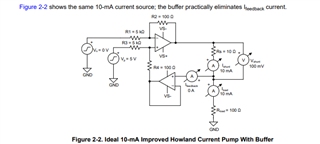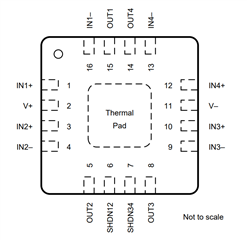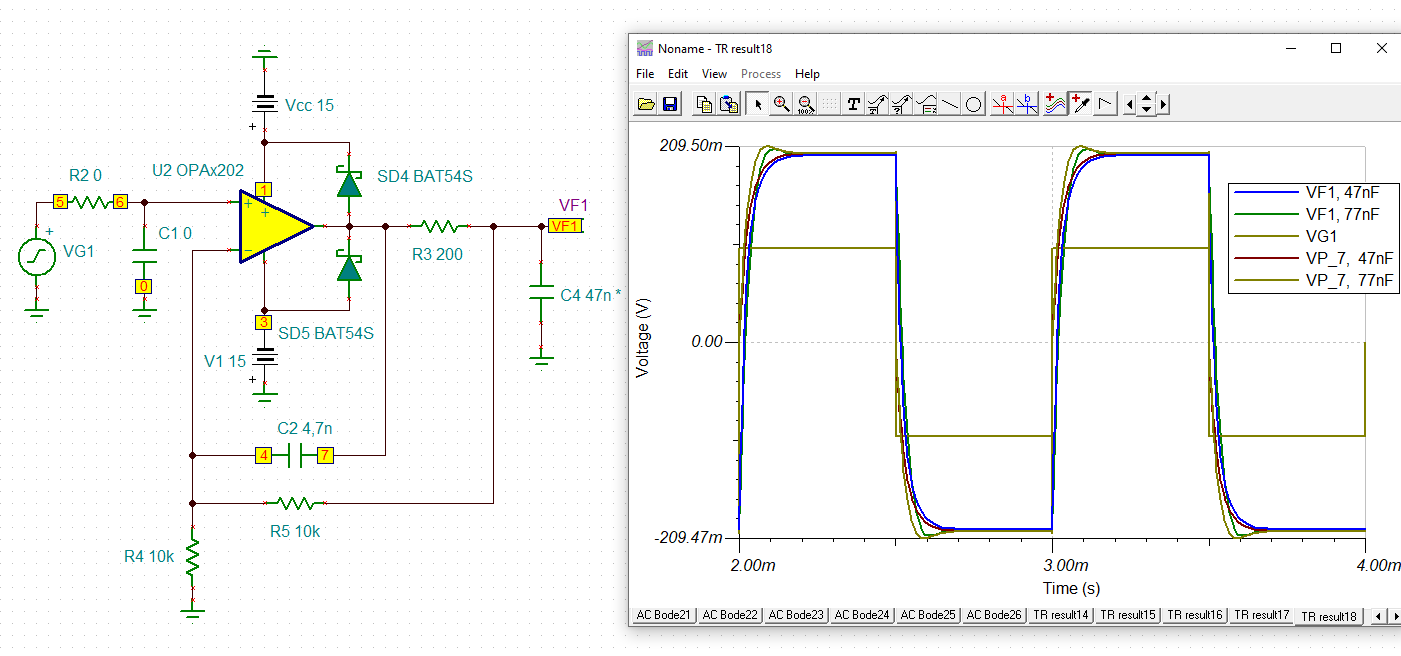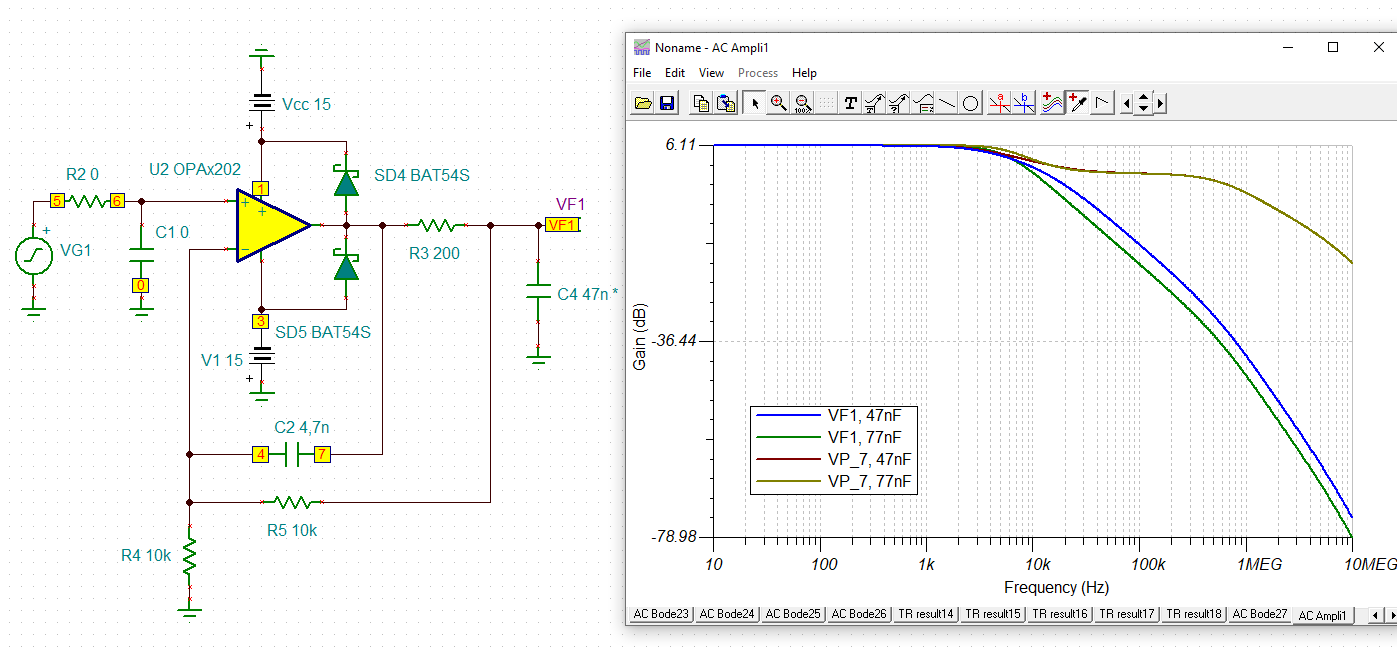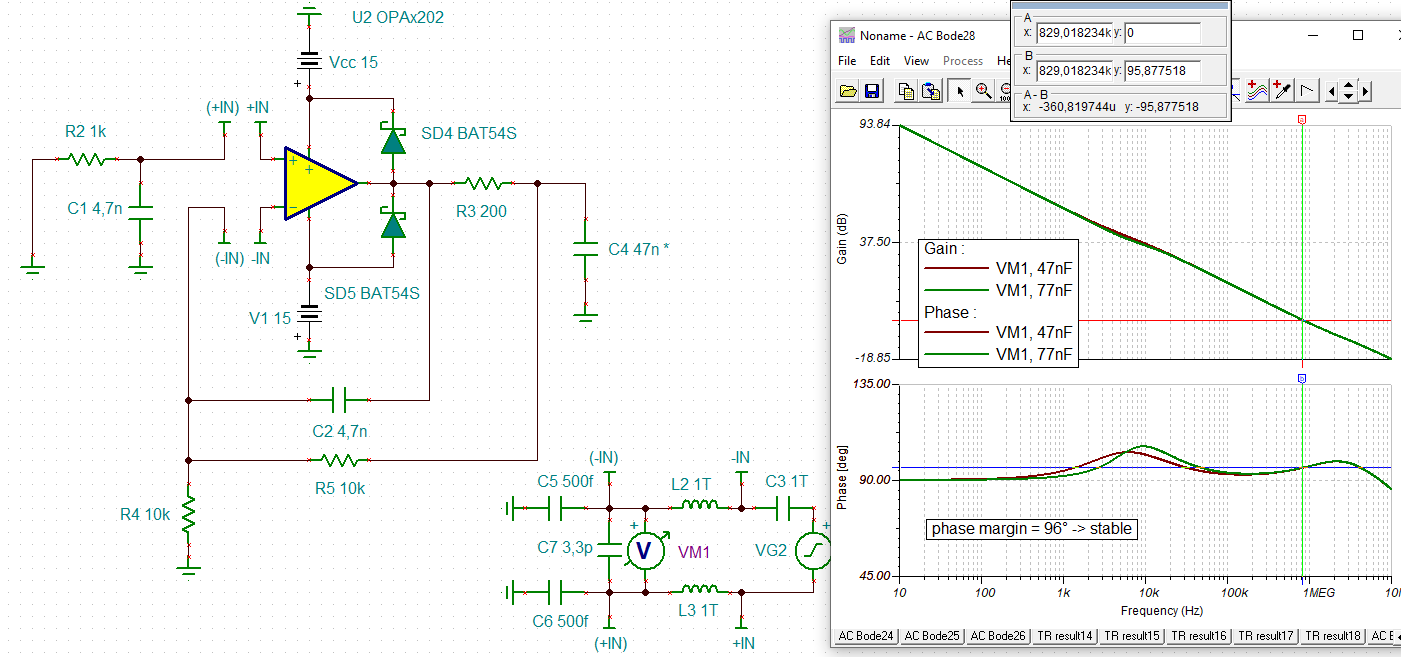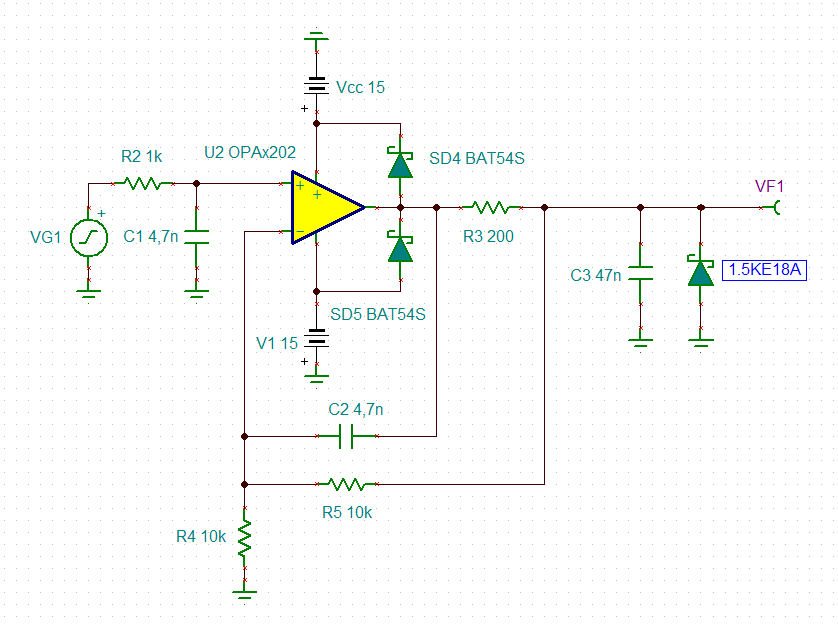Other Parts Discussed in Thread: XTR111, LM7705, OPA202, TINA-TI
Hello Team,
I am planning to use OPA990SIDBVR for one of our products to get a 0-10V output voltage corresponding to a sensor output.
A 4-20mA analog output current shall be provided to the same connector (Planning to use XTR111AIDRCT).
A GUI can decide the voltage or current output at the output connector.
When analog voltage is needed at the output connector, the current output will be disabled.
Can I use OPA990SIDBVR for this kind of application?
If the SHDN pin of the OPA990SIDBVR is asserted high, the device will be in a high-impedance state
The datasheet of the OPA990SIDBVR says This architecture allows the OPAx990S family to operate as a gated amplifier, multiplexer, or programmable-gain amplifier.
Or am I missing something?
Looking for your reply


